Lithium Ion Jump Starter vs Lead Acid – Which is Right for You?
One of the most common problems with vehicles today is battery failure. Whether a new vehicle or an old classic, all rely on a healthy battery to get them started. That is why having a jump starter is so important, and it definitely should be part of every emergency kit, kept in your vehicle wherever you go. But not all jump starters are the same, in fact, battery technology has advanced rapidly in recent years, and this has had a huge impact on jump starter products. At the core, a jump starter is a battery that provides a high wattage charge for a short period of time, then needs to be recharged again. It makes sense then, that as battery tech has evolved, the jump starter has changed with it. In fact, there are two common styles of jump starters on the market today. Traditional items that use the same lead acid style battery technology that most car batteries use, and lithium-ion-based jump starters, use the newer technology that is just starting to appear as batteries in some vehicles too. The question is, which is best for you, and why?
Lithium Jump Starter
Using lithium-ion battery technology, this kind of jump starter uses the latest in rechargeable battery technology, and this has several advantages. Initially developed in 1985 and first released commercially in 1991, use a lithium-based compound and graphite as positive and negative electrodes, with a variety of electrolyte compounds depending on the type of battery involved.
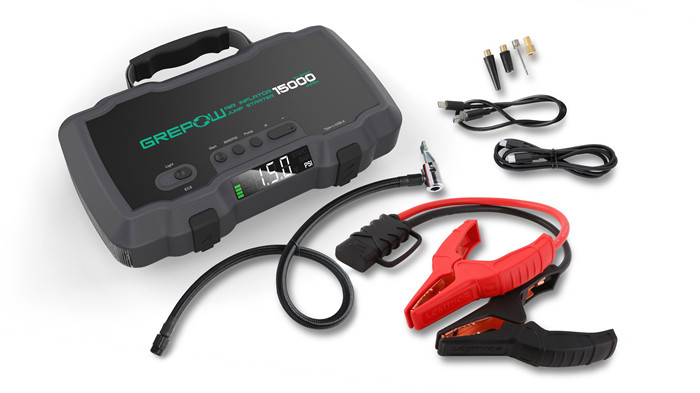
Lithium-ion technology is behind many battery advances today and is the type of battery being used in electric cars, your smartphone, tablets, laptops, and all kinds of technology and electrical devices today. The key and obvious change from the lead-acid battery is in size and weight. Lithium-ion batteries are extremely compact and lightweight for a given capacity compared to the lead-acid alternative. For jump starters, this translates into a much more portable device, with a lithium-ion-based jump starter like the GREPOW 2000 Amp lithium Jump starter being easily hand-holdable despite its many features and large capacity. Lithium-ion battery technology also allows easier, faster charging, and this enhances jump starter usability too. With lithium-ion technology used in phones and many other electronic devices, you already know how easy they are to charge, and how quickly they can charge too. A jump starter using this technology is simply more practical to use with lighter weight, faster recharge, and smaller size.
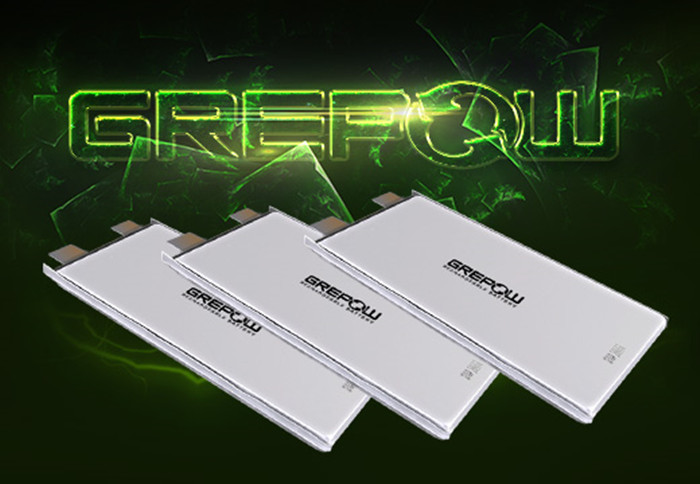
Lead Acid Jump Starter
Before deciding which jump starter is best, it’s important to understand how each works, so we can better see where the advantages are. A lead-acid jump starter is based around a lead-acid battery, as the name suggests. Lead-acid battery technology was a pioneer in rechargeable batteries, invented in 1859 by a French physicist, Gaston Planté. Lead-acid batteries use lead plates and a sulfuric acid-based liquid to store and transmit electrical power. Reliable and easy to maintain, this technology has been at the heart of vehicle batteries since the beginning, and as such, was widely adopted in jump starter products too. However, the lead-acid battery, although cheap to manufacture and reliable, also has some downsides, especially today when compared to alternatives. Lead-acid batteries are heavy and bulky for a given level of electrical output. This is not such an issue for batteries in vehicles, but for a jump starter, it can cause issues. The best jump starter is one you can easily keep in your vehicle, then pick up and use when it is needed. With lead-acid batteries, jump starters with enough power to start larger vehicles tend to be very heavy and awkward to move around, especially in an emergency. The other issue with lead-acid batteries is that by the way they work, charging has to be done carefully and relatively slowly. If you’ve ever charged a vehicle battery, you know that it can take eight hours or more to do so. Charging quicker than this can disrupt the chemical balance inside the battery and leave you with less power. This is not such an issue with a battery you only have to charge once in a while, but with a device you want to top up frequently, that can be an issue too.
Which is right for you?
With the two types of jump starters to choose from, the question is, which one is the best option for you? The lithium-ion jump starter has clear advantages in both practicality and usability. They are smaller and lighter, taking up less room in your vehicle, and when you need to recharge them, they do so faster.
In short, a Lithium-Ion jump Starter is:
More Compact for a given capacity
Lighter than lead-acid jump chargers
Easier to Recharge
While the lead-acid jump starter is:
Less Portable
More affordable
With more modern technology, the lithium jump starter is simply a better product, but is there any use for the lead-acid style jump starter? As older technology, they tend to be a little cheaper to buy, although that price difference has reduced significantly in recent years. If you are on a very tight budget and wanted a jump starter to keep at home, a heavy-duty lead-acid option may save you some money and do the job. However, as most of us want to keep a jump starter in a vehicle for emergency use out on the road, the lithium-ion-based option is the one to choose. Even at home for a unit kept in your garage, the lithium-ion jump starter is still the choice to make unless you need to keep to a budget and find a lead-acid jump starter at a great price. As technology has advanced, we have benefitted from more power from a smaller, lighter package with the lithium-ion jump starter. It can be powerful enough to start larger vehicles and still remain compact enough to slip into your emergency kit with ease. When you are looking for your next jump starter, the lithium-ion-powered option should always be the choice. As a safety tool, you should never drive anywhere without one.
Related Articles
-
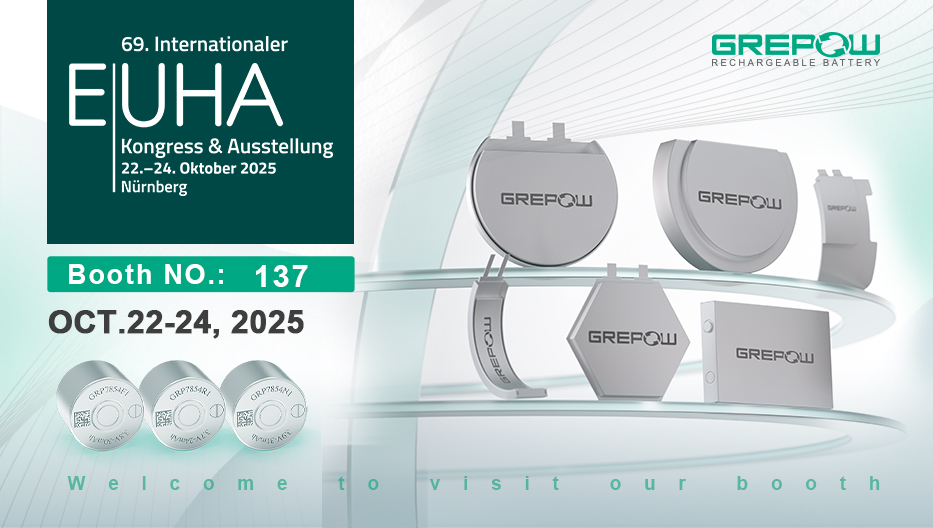
Join Grepow at EUHA 2025: Discover the Next Generation of Ultra-Thin Hearing Aid Batteries
2025-10-22 -
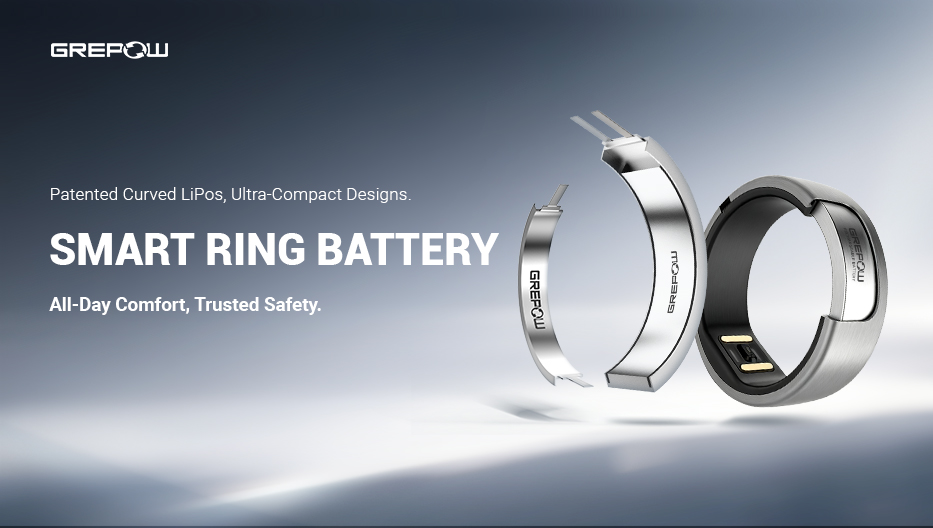
Powering the Future of Wearables: How Grepow's Patented Curved Battery is Revolutionizing the Smart Ring
2025-10-16 -

AI Toys Leap into Innovation: Why Battery Choice Matters
2025-09-26
Related products
-
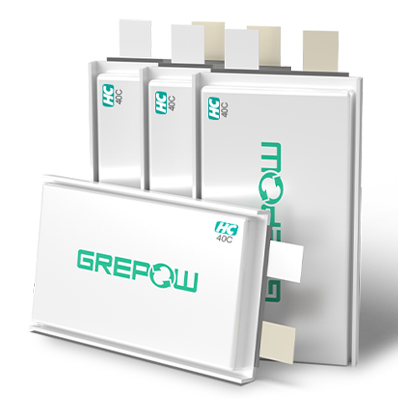
40C High Discharge Battery - High C Rate LiPo
-
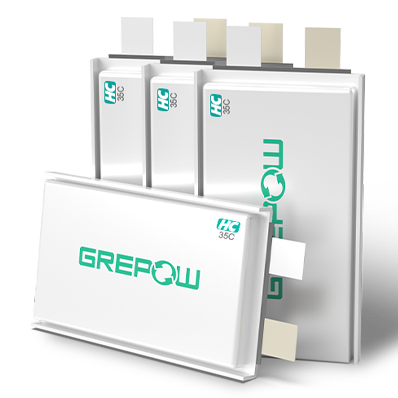
35C High Discharge Battery - High C Rate LiPo
-
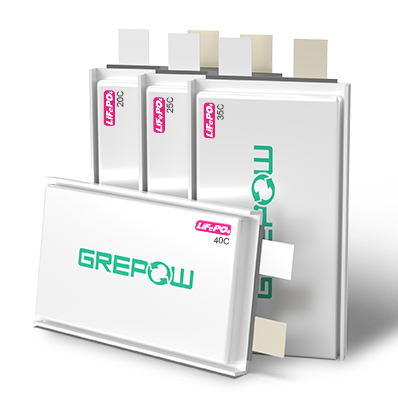
High C Rate LiFePO4 Battery
















































